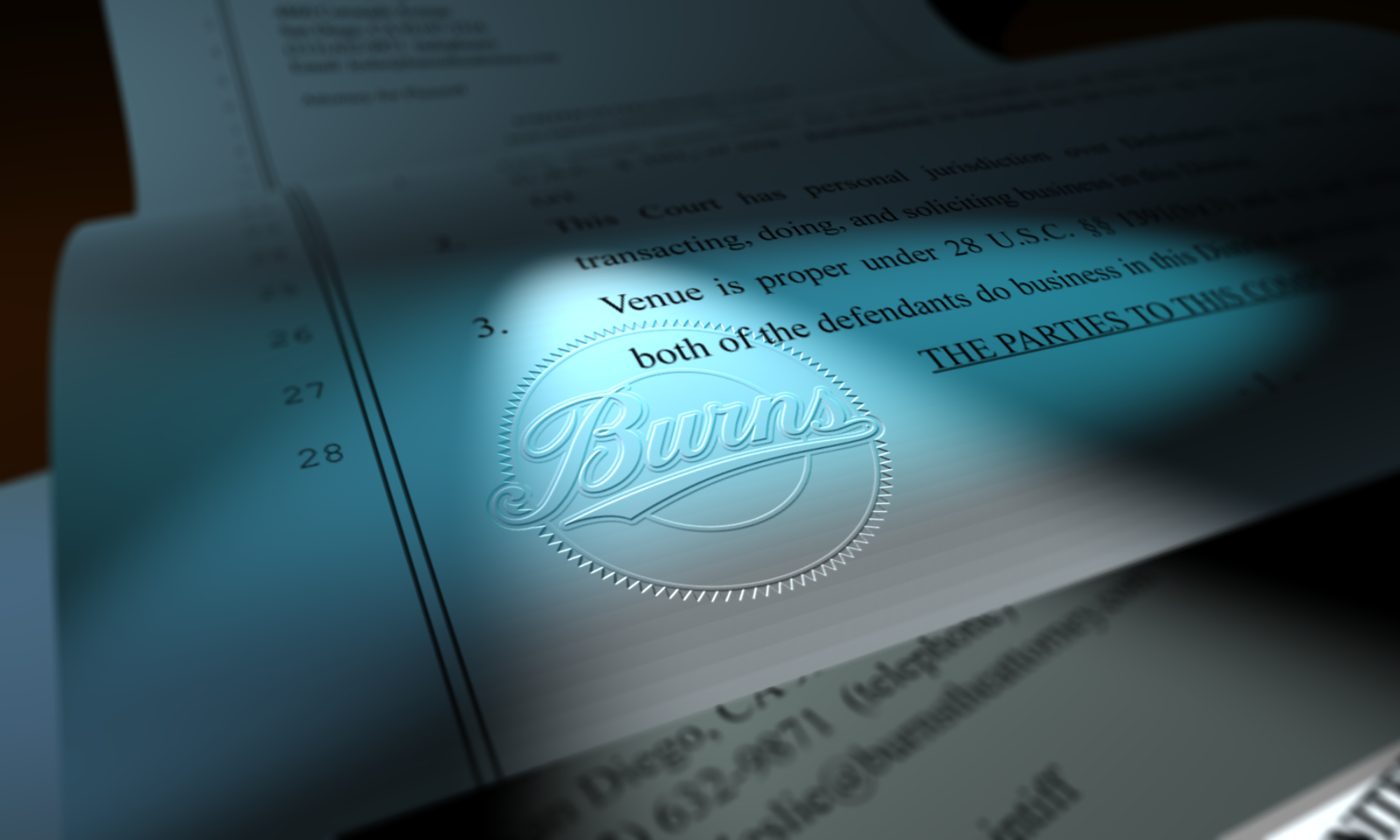There is a Buddhist maxim we need to keep in mind these days: Let go or get dragged.
There are various interpretations, of course, but for our purposes I think it’s a great reminder that if we don’t let go of some things, they will affect us negatively in some manner. In business, especially a creative business, the things to let go of fall into two main categories: past mistakes and present trying to do it all.
We need to let go of our past mistakes because while you can (and should) learn from them, there is a big difference between doing that and beating yourself up. Worse, arguably, is that if you don’t let go of past mistakes you can get too bound up to do anything now (or in the future).
For example, we’ve all done some sort of marketing that hasn’t worked. Maybe you’ve sent postcards that didn’t bring you any work or your past phonecalls have (almost) never gotten you a meeting. Whatever, something has failed for some reason. Instead of dispassionately looking at the reality of the situation, seeing both the good and the bad, you can get so wrapped up in the “I should have done X” part of the evaluation that you can only focus on how you failed. That sort of thinking often leads to getting too scared to do anything. What if I lose money again? What if the targets don’t like it? What if it fails?
Instead, you need to see if there really was something you could have done differently and make adjustments accordingly, but not let the failure stop you from moving forward. Here’s a secret: you are going to make mistakes, screw up, and fail throughout your professional life (and your personal life too, but let’s just stay on the work stuff, m’kay?). You will never get it all right all of the time. Not even close.
If you stop doing anything, especially because you are afraid whatever you do might be wrong somehow, you might as well just pack it in. You can’t be a creative pro without being a risk-taker. So let go of the fear and just do.
The other thing to let go of is trying to do everything, all of the time. Our monkey-brains are already overloaded and now we are not turning off, ever. This has got to stop. This again is connected to fear (fear of missing a client call, for example, keeps our cellphones glued to our persons) but it is also connected to a weird sense of control that I see in creatives quite often.
Now, I’m no psychologist, but I have a theory that because you have so little sense of control over your businesses (it’s up to the clients whether they hire you, for example) that you creative professionals try to make up for that by being control freaks about everything else. You do your books, you do all the production for your projects, you write everything that you put out to the world (including promo headlines), you try to draft your own contracts and licenses, you design your promos and even logos, et cetera et cetera. Heavens forbid you hire someone else to do it–you can do it “well enough.”
Well, besides the hypocrisy of getting angry when clients shoot their own “good enough” photos, holding on to all of this stuff is just not doing your business any good. Nor you yourself. You are over-stressed and quite simply do not have the time to do all this stuff. You need to devote more time to making your own work, your art, but that is probably low on your list because you have to go to the bank and pay your assistants and file your taxes and review that contract and…
I think it’s particularly interesting that the very talented rep Heather Elder recently wrote:
I must sound like a broken record by now but once again, in the most simplest of terms, the photographers in our group that produced the most amount of new work were the busiest in the group. I have been repping for over 15 years (notice how I didn’t say almost 20 years? I feel younger this way!) and this has always been the case.
So, what would really be better for your business (and your mental health) would be to let go of doing at least some of that control-freak-in-the-guise-of-saving-money doing it all yourself stuff you’ve been doing. Instead, hire the right people (remember, that’s a deductible business expense too) and free yourself to make more personal work.
You have more control than you know. You can wield some of that by choosing to let go, rather than letting life (and your business) drag you down.

